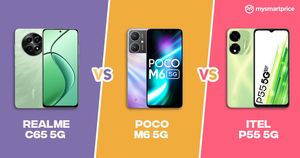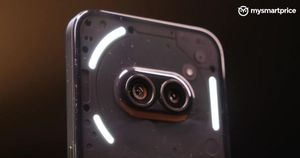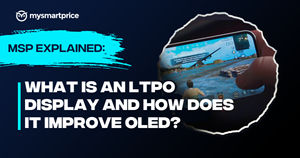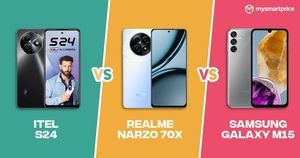
Phones are replacing professional cameras to the point that there is another verticle out there called “Smartphone Photography” that specifically targets pro smartphone photographers. Are you one of those pros or just a normal consumer who takes a lot of photos for a memory archive? No matter how you are, here’s a list of criteria to consider while getting a good camera-centric smartphone that fulfils your photography needs.
Top Things to Consider When Buying Your Next Camera Phone
Here are the things to keep in mind –
Pricing
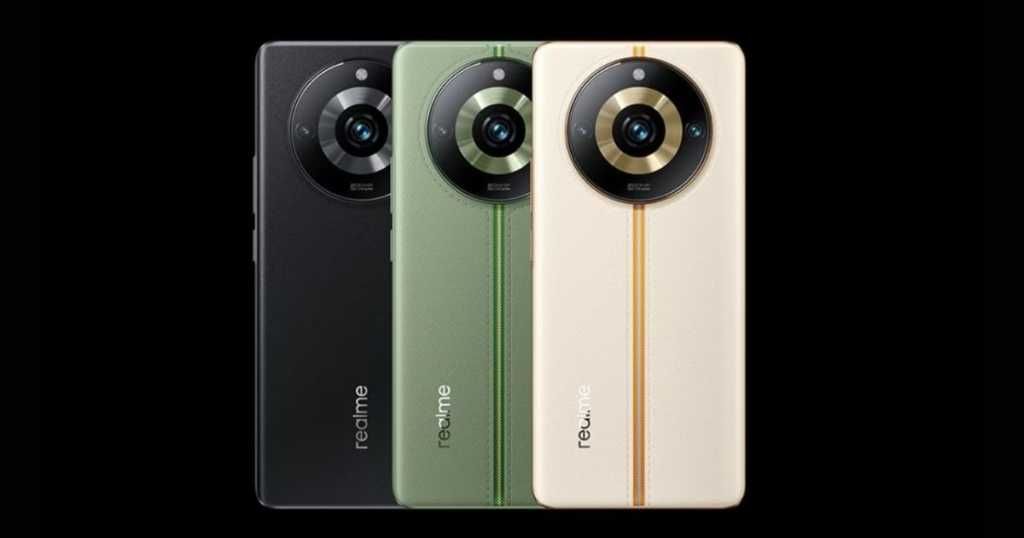
Pricing is important when purchasing a camera-oriented smartphone because it directly impacts the quality of the camera and the overall device. Flagship devices that are likely to be priced high, come with advanced camera features, superior image sensors and processing as well as superior build quality. However, it’s necessary to maintain equilibrium in your budget with your photography needs and specs to ensure you’re not overpaying for features you won’t use.
Camera Specifications

Take note of the camera’s spec sheet, such as the megapixels, aperture size, and lens quality. Higher megapixels alone do not assure the perfect image quality; other elements such as sensor size and lens quality are also important. Consider cameras with features that add up to your image and video quality such as optical image stabilisation (OIS) and wider apertures.
Image Processing
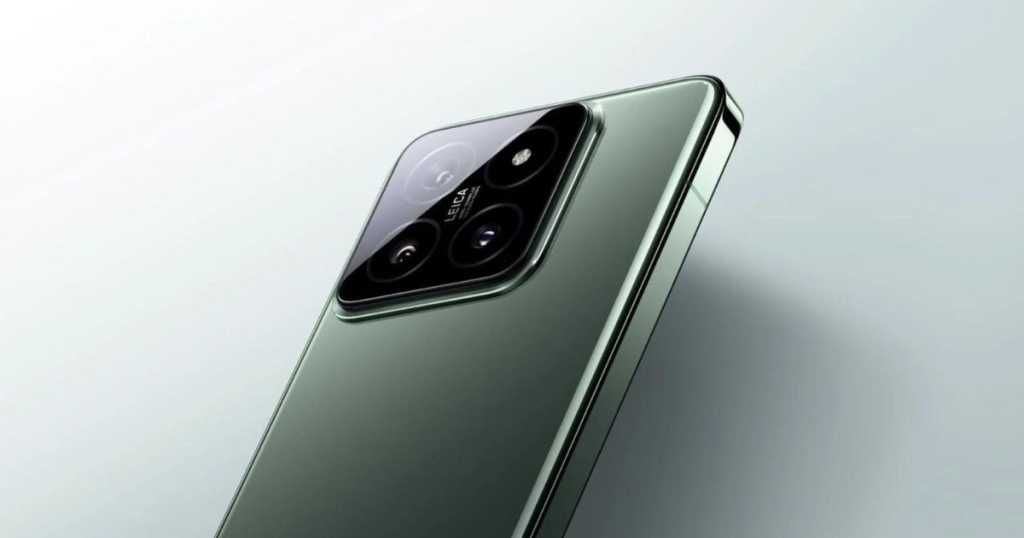
The quality of your image processing has a significant impact on the final output of your images. Camera phones with powerful image processing and processors give you an optimal output with great colour, reduced noise, and overall image quality. Google (with their Pixel phones) and Apple (with their iPhones) are well-known for their superior photo processing when it comes to auto mode output.
Low-Light Performance

Keep an eye on the camera’s performance in low-light situations, as this is a prevalent issue with smartphone photography. A bigger aperture size, as well as software features such as Night Mode, can considerably increase the camera’s ability to take crisp and detailed photographs in low-light situations. Check out user reviews and low-light samples to determine the camera’s capabilities.
Camera Features and Modes

Consider the camera’s extra functions and shooting modes. A good HDR (High Dynamic Range), portrait mode, and macro mode may improve your shooting experience. Some phones also include sophisticated options, such as Pro mode, which allows users to change settings like shutter speed, ISO, and white balance manually for greater creative flexibility.
Video Recording Capabilities
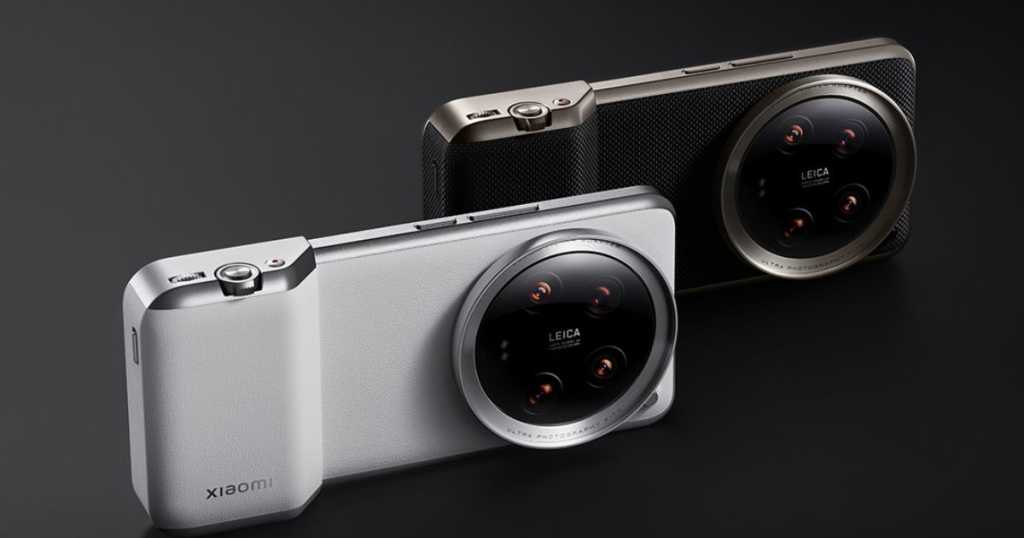
If video recording is crucial to you like if you are a creator or vlogger, prioritise the phone’s video capabilities. Check out the resolutions, frame rates, and stabilisation features that are supported. Some smartphones provide advanced video recording features such as 4K or 8K resolution, optical or electronic image stabilisation (OIS or EIS), and improved audio recording with features like audio zoom.
Phone Storage
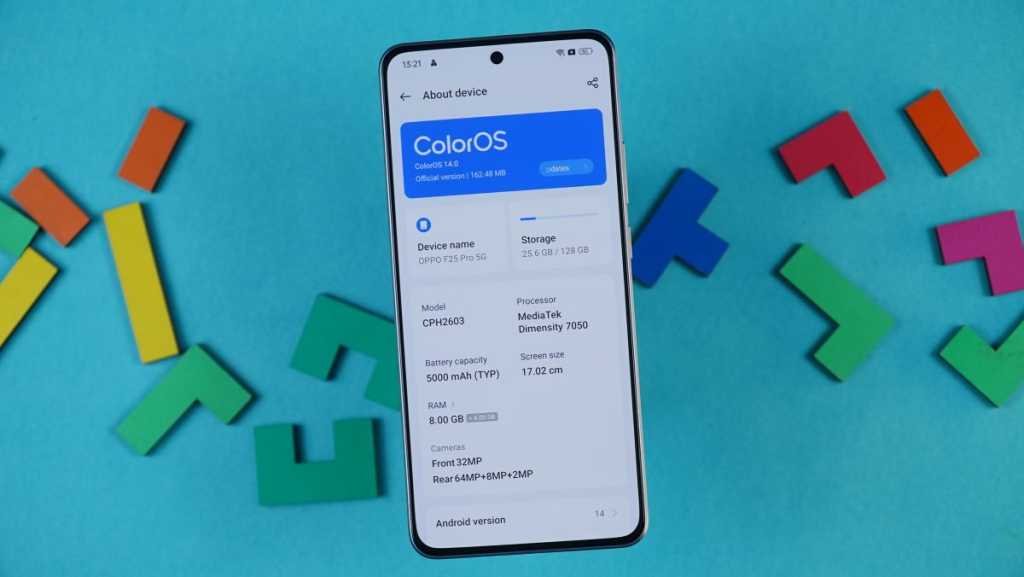
Lastly with increasing quality and megapixels on smartphones the size of the pictures and videos is exceeding as well. Where the average image size was 2MB or 3MP a couple of years ago it’s now reaching 20MP to even 100MB in several cases. In that case, it is important to have ample storage as well as an expansion slot on your smartphone to upgrade the storage hassle-free in the future when needed.
FAQs
Q. What are the different types of cameras on smartphones?
Generally, we can find pairs of these cameras on the modern-day smartphone: Wide-angle camera, Ultra-wide angle camera, Telephoto camera, Macro camera, and Time-of-flight or Depth mapping camera.
Q. What is the best camera smartphone for low-light photography?
Following are the top 3 smartphones in my opinion for low-light photography: Google Pixel 8 Pro, iPhone 15 Pro Max and Samsung Galaxy S24 Ultra.
Q. What are the best camera smartphones with optical zoom?
Samsung Galaxy S24 Ultra has one of the best optical zoom cameras on board that can zoom up to 100X and has remarkable features like Audio Zoom and Moon Photography mode.
Winding Down
With every passing day, smartphones are replacing the traditional camera with their exceptional quality and features. While every good smartphone has a camera not all of them are good so it is important to keep an eye on these factors if you are in the market for a camera-centric smartphone.
